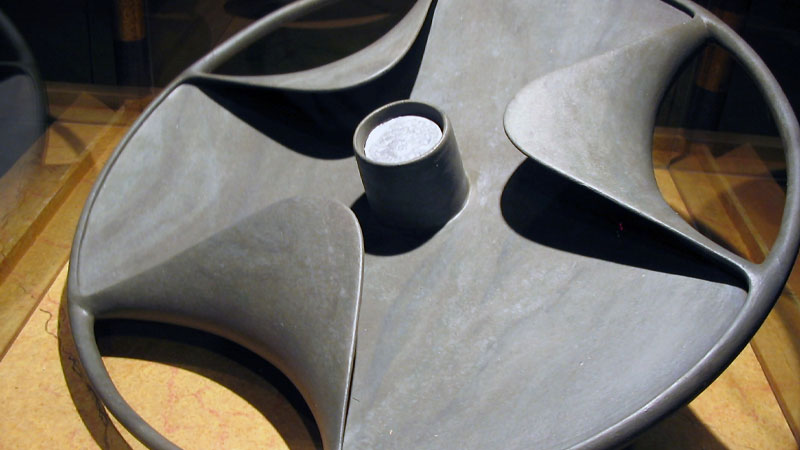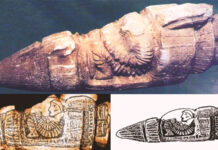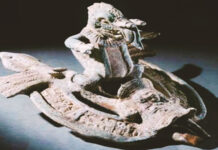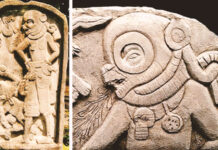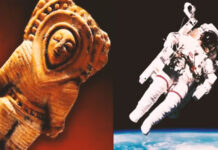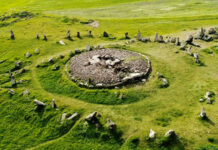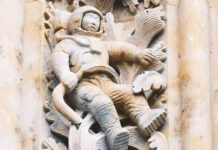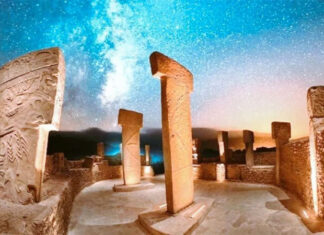The Disc of Sabu is currently in the Cairo Museum and researchers are still not sure what kind of extraordinary object they are dealing with.
In January 1936, a strange disc was unearthed at the edge of the North Saqqara Plateau, approximately 1.7 km north of the Pyramid of Djoser in Egypt.
The discovery of the mysterious prehistoric artifact, which many considered a device, was made by the famous British Egyptologist Walter Bryan Emery, in the tomb of Prince Sabu who would have lived around 3100 BC to 3000 BC.
Sabu was the son of Pharaoh Aneddzhiba, the fifth ruler of the First Dynasty of Ancient Egypt, and would have been a high official or administrator of a province known by the name of “Star of the Horus Family”.
The burial chamber had no stairs and its structure was filled with sand and stone vessels, flint knives, arrows, a few copper tools, and the intriguing piece of Sabu.

The unearthed device was called the Disc of Sabu and is approximately 61 cm in diameter, 10 cm high, with a central hole measuring 8 cm in diameter and three symmetrical “wings” raised and facing inwards.
The object was manufactured by unknown means in shale, a type of slate-like laminated sedimentary rock, very fragile and delicate, requiring very precise carving, the production of which would confuse many artisans today.
Some scientists do not believe the object to be a wheel, as the wheel only appeared in Egypt around 1500 BC, during the 18th Dynasty, and suggest that the fragile nature of such an intricately carved stone object limits its practical use and suggest a purely ornamental function, being of a religious or ritualistic purpose.
But if the Disc of Sabu is indeed a wheel, it would mean that the ancient Egyptians already knew about this technology around 3000 BC, during the time of the first dynasty, and that would require Egyptologists to rewrite the history books.
There is an option that is even more challenging, that we would be dealing with some kind of unknown advanced ancient technology.
Egyptologist Cyril Aldred came to the conclusion that, regardless of the object’s purpose or what it represented, his design was undoubtedly a copy of some much older metallic object. Which brings us to very important questions:
Why did the ancient Egyptians bother to design an object with such a complex structure over 5,000 years ago?
How could a culture that normally used chisels to shape rock have mastered a technique for working such a delicate material to this extraordinary level?
Why would the ancient Egyptians invest the time and skills necessary to create this object unless it served a very important specific purpose?
Obviously, the Disc of Sabu is an object that played an important role 5,000 years ago.
Egyptologists offer a number of theories trying to explain what the disk was used for, but so far no one has been able to explain the object’s complex structure.
The futuristic design of the Disc of Sabu continues to baffle everyone who has seen it.
Interestingly, in the 1970s, engineers at Lockheed Missile & Space Company designed an object with a design very similar to the Disc of Sabu, which was used to store energy in a prototype electrically powered vehicle.
There is no doubt that this peculiar object constitutes yet another of the intriguing ancient Egyptian mysteries and, at least for now, we are left with several unanswered questions.

